"If you're going to make a car and use all that energy, it should be a good car," said Thomas Ingenlath, CEO of Polestar. Ingenlath was referring to the company's latest electric vehicle, a midsize SUV with striking coupe looks called the Polestar 4. While Ingenlath is on point from a sustainability perspective, it makes good business sense, too. The Polestar 4 needs to be a good car to stand out as it enters one of the most hotly contested segments of the market.
In fact, Polestar uses less energy to make its latest EV than anything else in its range—the company quotes a carbon footprint of 19.9 tonnes of CO2 from cradle to gate. Like some other automakers, Polestar is using a monomaterial approach to the interior to make recycling easier, choosing the same base plastic for all the components in a particular piece of trim, for example.
The carpets are made from, variously, recycled fishing nets or plastic bottles. The vinyl seats use pine oil instead of the stuff extracted from the ground, and the knitted upholstery fabric—also recycled plastic bottles—was designed to leave no off-cuts.

The fastest Polestar yet
In addition to being the greenest Polestar so far, this one is also the most performant. We tested the $62,900 Long Range Dual Motor version, which can send up to 536 hp (400 kW) and 506 lb-ft (686 Nm) to the wheels. Pick this version and you should see 270 miles (434 km) from the 100 kWh battery pack. In a suitable location like a motorway toll booth, 60 mph arrives in 3.7 seconds (100 km/h in 3.8).
That's if you're in performance mode, at least. Switch to range mode, and clutches disconnect the front permanent magnet synchronous motor and remap the throttle pedal for better efficiency. There's also a heat pump as standard. The car can DC fast-charge at rates of up to 200 kW, which should take the battery pack from 10 to 80 percent state of charge in 30 min. At home on an 11 kW AC charger, 0–100 percent SoC should take about 11 hours.

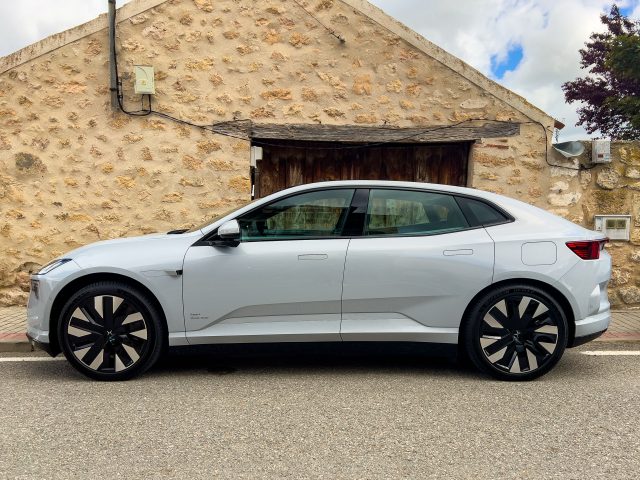
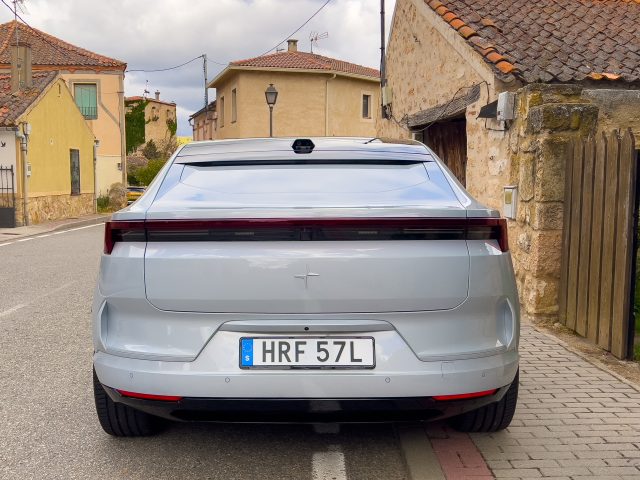
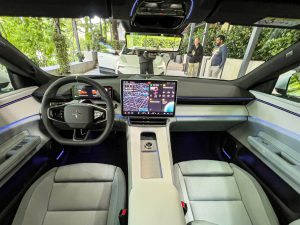
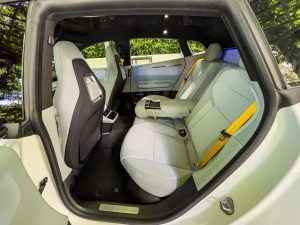
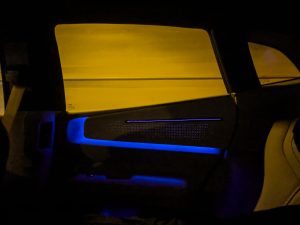
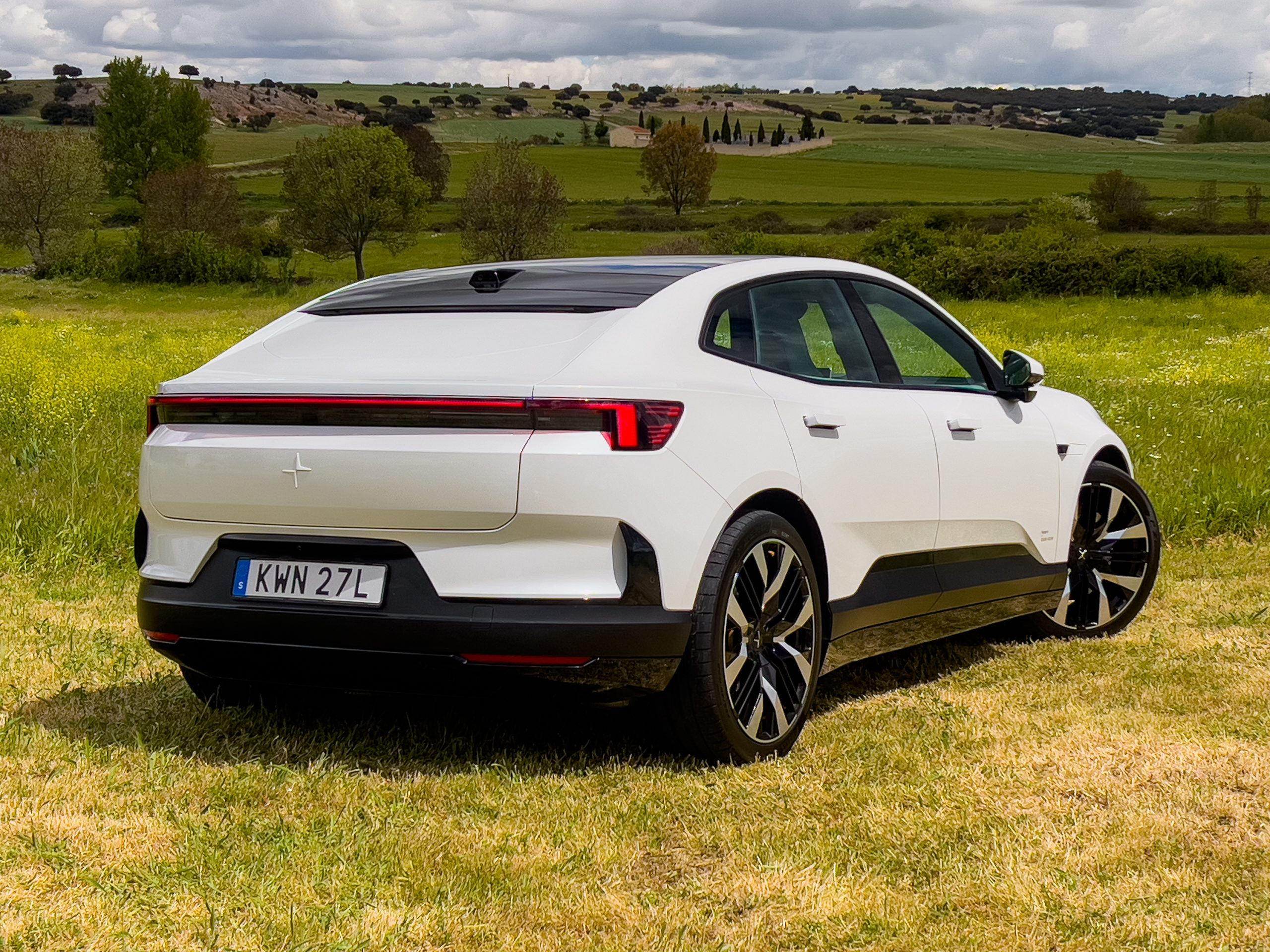
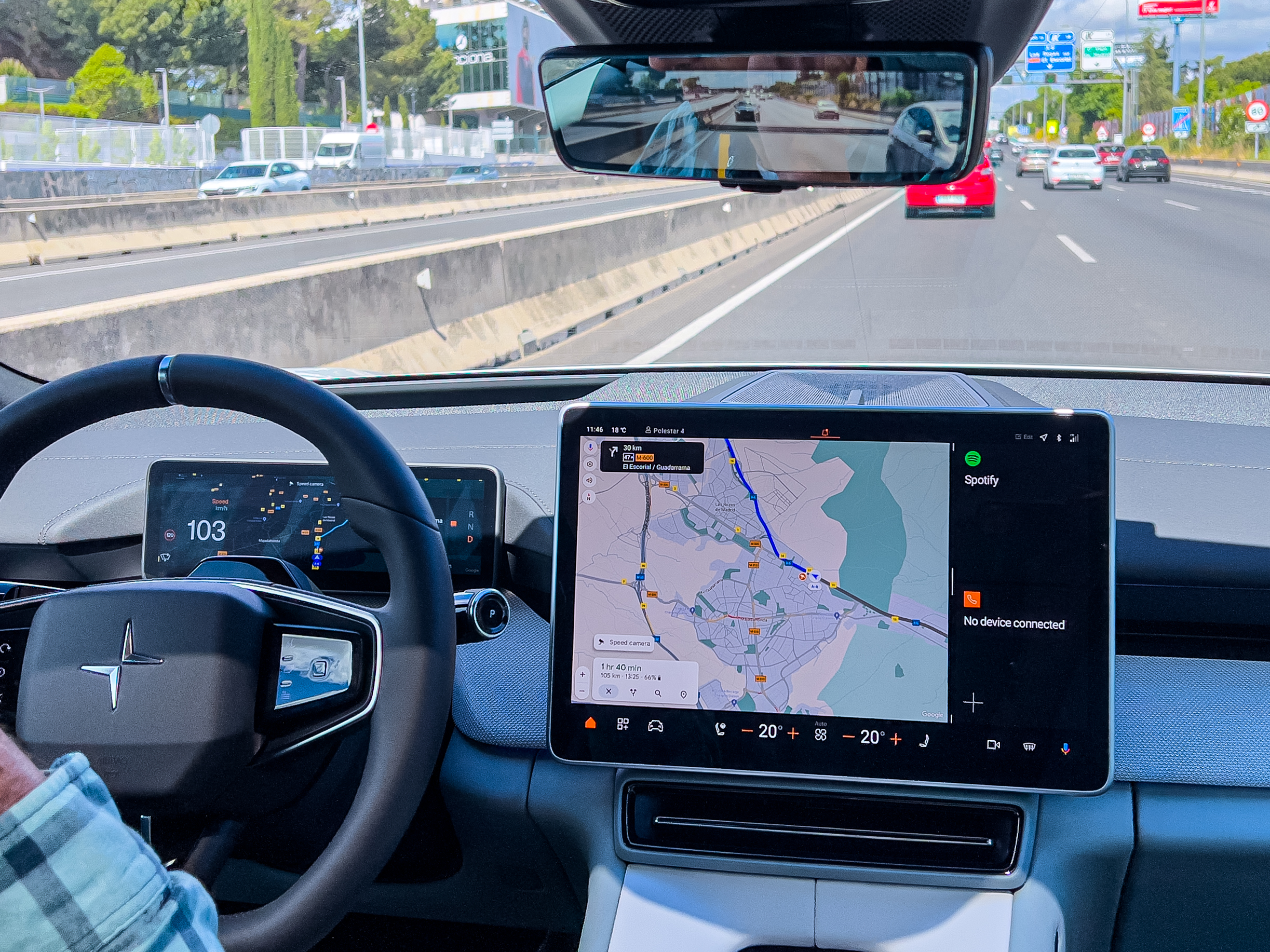
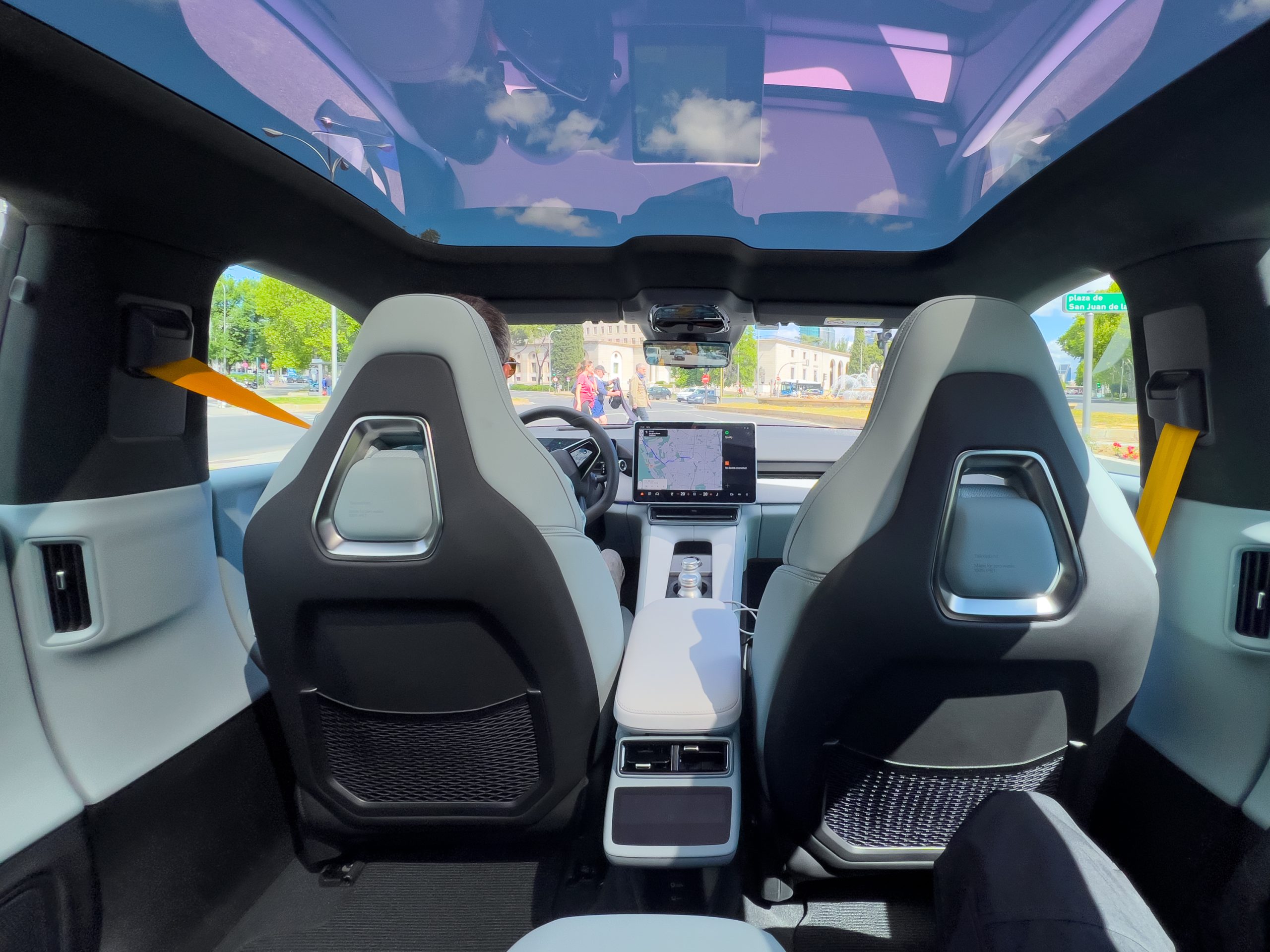

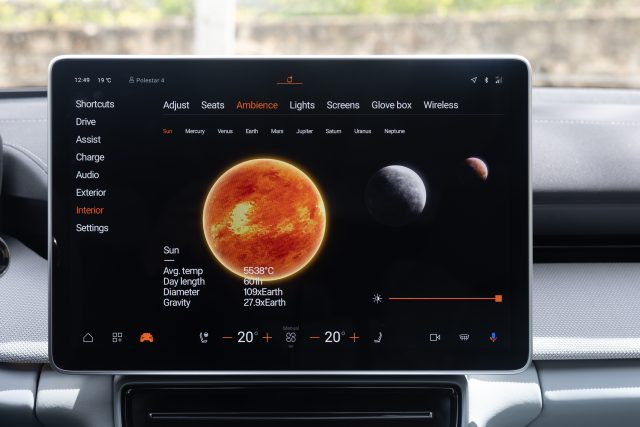
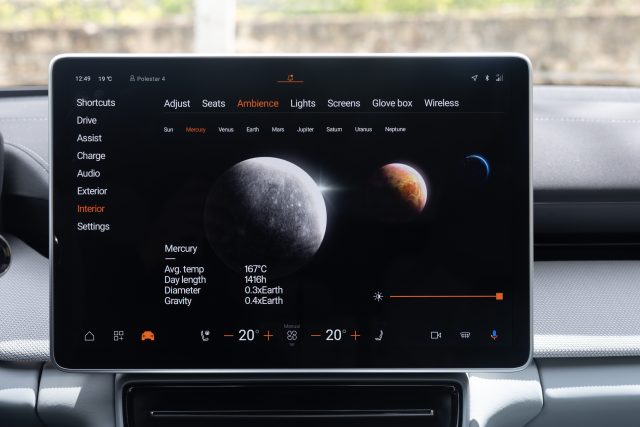
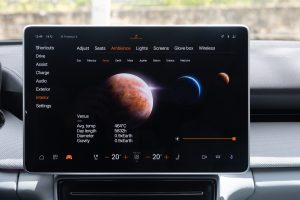
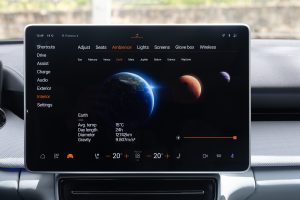
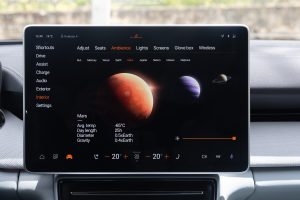
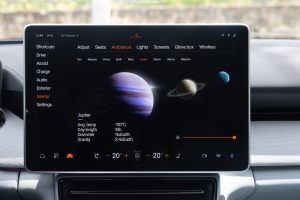
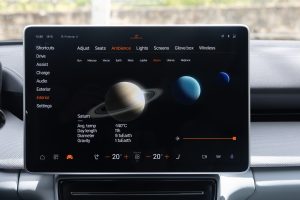
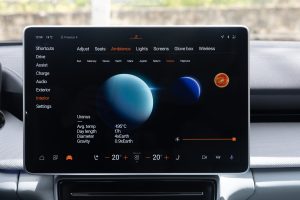
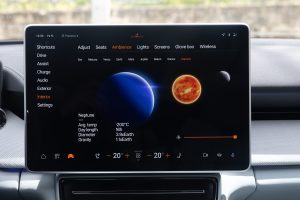

 Loading comments...
Loading comments...
